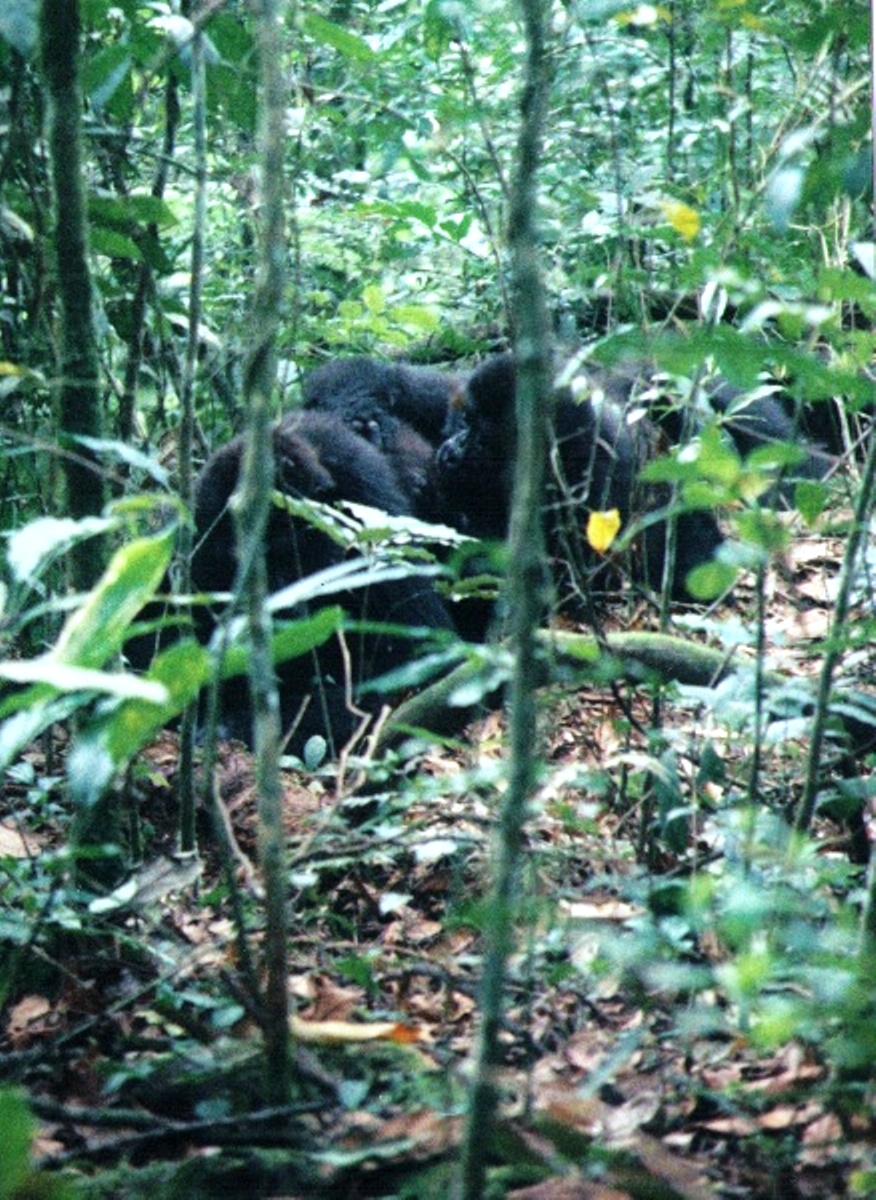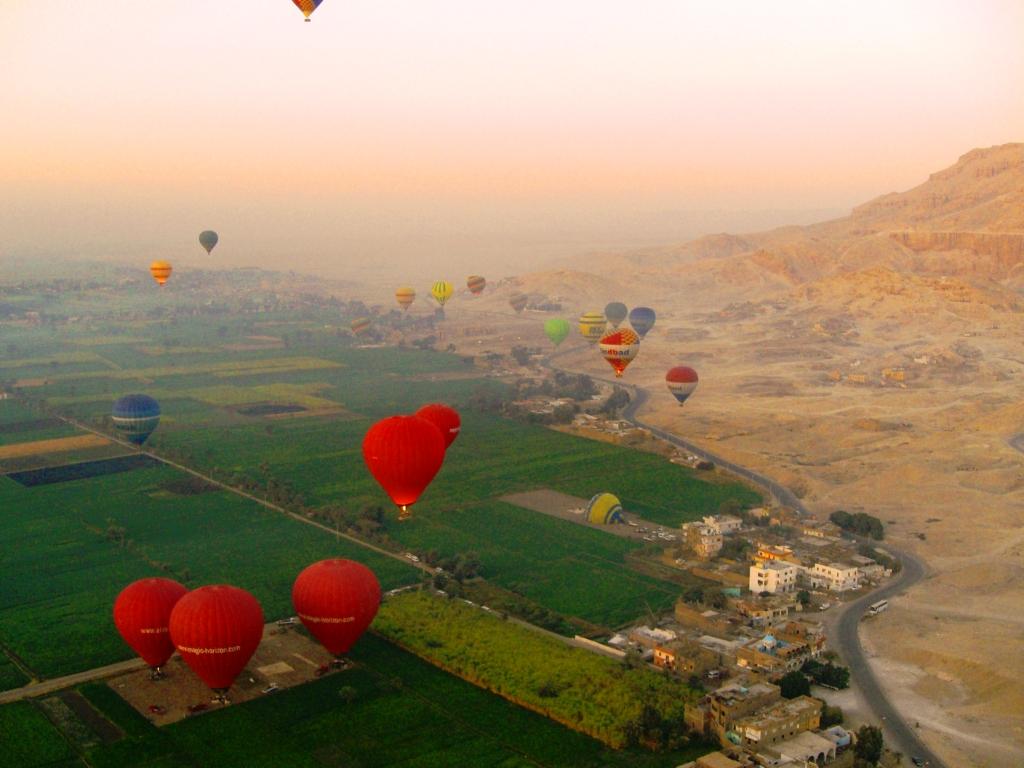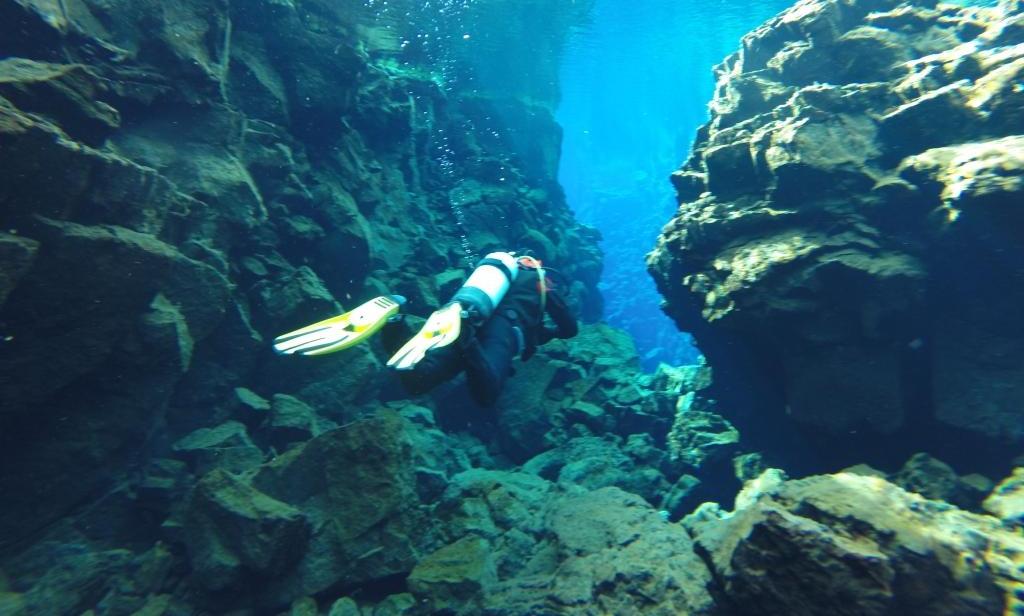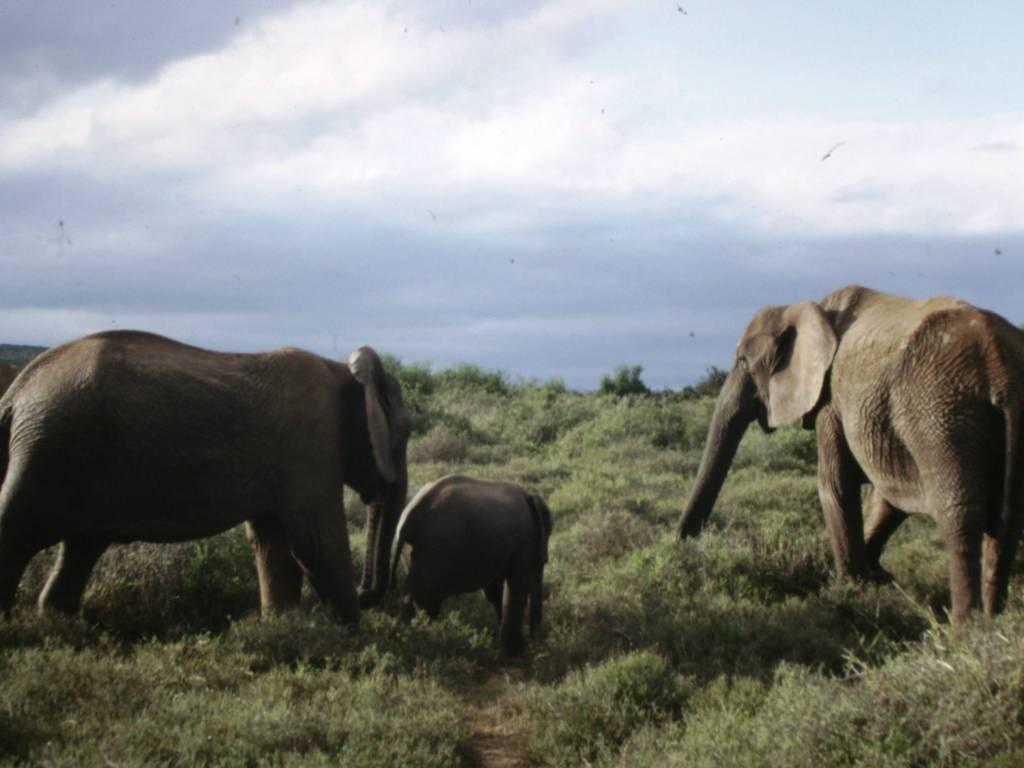There’s a reason they call it impenetrable. First, mud: squishy and slippery underfoot, the kind of mud that says, “No so fast, buddy: One step forward, two steps back.” Then the vegetation: Layers of it, grasses and bushes and trees, green upon green. It is cool and dark. The trail winds through the forest, a thin ribbon that lets us enter.We are tracking gorillas, and they don’t take human trails. They do however, make their own.
But we can’t stay on the trail.
Late the day before, the gorillas had last been seen only about a half a mile away from the park headquarters, which is where we started our trek.
Leaving the human trail, we pick up their occasional footprints and the swath they bashed through the forest, following crushed vegetation that shows the gorilla’s direction of travel by the way the branches are bent. We see where they slept the night before: There are little piles of crushed vegetation on the ground, body impressions in a mattress.
In Your Bucket Because…
- Mountain gorillas are seriously endangered, and this might be your only chance to see them.
- Gorilla tourism contributes to both economic development and gorilla conservation in poverty-stricken Uganda.
- You’ll learn about the habits, communities, and behavior of an animal that is one of humankind’s closest “relatives.”
- Good for adventure travelers, eco-tourists, wildlife lovers. Don’t expect luxury.
We are lucky, says the guide. There is no guarantee of seeing gorillas (although the vast majority of gorilla tracking parties do eventually find them). But sometimes it takes all day, and if the gorillas were especially feisty, it can mean hours of off-trail scrambling through mud and bush.
Suddenly the guide motions us to stop.
He is pointing, up in the air, then around us in the bush. I search with my eyes and see nothing: This always happens to me on wildlife expeditions. The guides seem to have a preternatural sense of where to look; they notice shadows where shadows shouldn’t be, they see the tails of leopards hanging at an angle no branch would grow, they spot wings moving in a way that tree leaves don’t. It takes a while before I realize that the shadows I’m seeing are actually animals as large or larger than I am. I feel vaguely surprised to actually see, here in front of me, mere yards away, a whole family of gorillas taking their morning siesta.
Uganda’s Endangered Mountain Gorillas
You can only see mountain gorillas in the wild. The gorillas in zoos are lowland gorillas; to see their mountain cousins, you must travel to the volcanic rainforests of east-central Africa. The world’s small remaining population of about 1000 wild mountain gorillas lives in the dense jungles of western Uganda, eastern Congo, and northeastern Rwanda. The number has grown slowly but steadily as a result of tourism projects — and the money they generate. Because of political instability in Congo over the recent decades, most tourists who want to embark on a mountain gorilla safari head to Rwanda or Uganda. I was traveling in Uganda, so I had the choice of Bwindi and Mgahinga Parks, which lie close to each other in western Uganda, near the Rwanda and Congo borders.
Of the two, Bwindi is the more popular choice, despite the lingering but long shadow cast by the kidnapping and massacre of tourists in 1999 and sporadic issues with poaching. In part, this is because you have a better chance of seeing gorillas in Bwindi, which has more groups of habituated gorillas than Mgahinga’s. (A habituated group means that the gorillas will not flee at the first sign of humans, but will tolerate being approached. Rangers are working on habituating more gorillas in Mgahinga.) In addition, the gorillas in Bwindi stay solely within Uganda, whereas Mgahinga borders both Rwanda and Congo, and sometimes, the Mgahinga gorillas, unbound by passports and visa rules, stray where tourists are not allowed to follow them.
Only 150 daily permits are available, most of them allocated for Bwindi. Most permits are reserved for Ugandan tour companies. Individuals can purchase the remainder on a first-come first-served basis from the Ugandan Wildlife Authority in Kampala. It’s cheaper to travel independently, but you have a much better chance of scoring a permit if you go with a tour company.
Gorilla Encounters
Our gorilla group is having a lazy day. The big silverback is lying with his back to us, occasionally stretching or chewing on a leaf. We are clearly beneath his notice. A heap of gorillas snuggle in a pile. A few mother gorillas watch us cagily, keeping a stern eye on the young’uns. A baby moves toward us, and its mom is on the case: She approaches us and thumps her chest a few times, glares, then sits back down, satisfied that she’s gotten her message across.
We’re supposed to stay back, at least 15 feet. Gorillas have no resistance to germs from humans, and an entire population can become dangerously ill if they catch a human cold virus. The park offers a refund to trackers who cancel due to illness, although that’s scant comfort given that another permit on another day will be almost impossible to come by. The same concern also limits the time we are allowed to spend with the gorillas: not much more than an hour. That protects them from germs and gives them privacy and space. They are, after all, wild animals, although that’s hard to remember when you look into their eyes and see a creature not entirely unlike yourself, with feelings and family and friends.
Practicalities for Mountain Gorilla Tracking in Uganda
- The parks are about a 6 – 9 hour drive from Kampala. A range of accommodations is available, from lodges to tent-sites, and can be booked either directly or through an outfitter. The last part of the journey to Bwindi involves nearly 100 kilometers on a dirt jungle road.
- The park cannot guarantee a gorilla sighting; there is no “rain date” for the groups who don’t see the gorillas.
- Hikers should be in reasonably good shape, because the treks can range from an hour (or less) to a full day of tough hiking.
- Hiking boots or shoes with good traction are essential; hiking sticks are a big help.
- Carry rain gear, sunscreen, a hat, bug repellent, water, snacks, and binoculars (available for rent from the park offices).
- Flash photography is not allowed, and the light is very dim. Set your camera on a high ISO. Professional photographers will want a tripod; others can brace cameras on tree branches.
- Too much activity stresses the gorillas: Speak quietly and don’t move suddenly.
- Follow the guide’s instructions: They will know if a gorilla is acting uncomfortable or threatened.
Seeing the majestic mountain gorillas in their native habitat is worth the effort it takes to get to central Africa. Tourists can also take pleasure in knowing that fees paid contribute to gorilla conservation, habitat preservation, and local education and economic development.
This article is updated from a story originally published in 2012.



